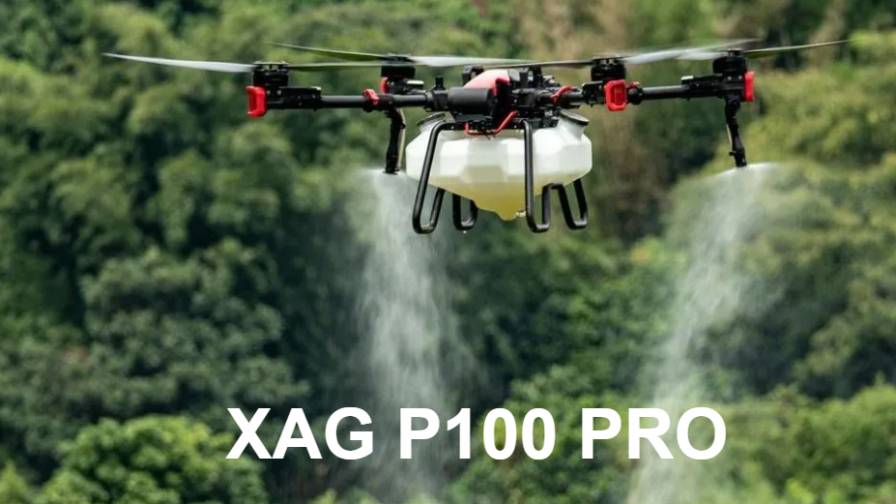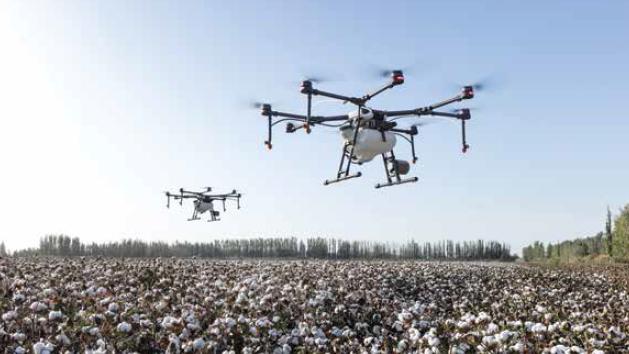Top 4 Data Trends for Agribusiness in 2020
As we enter another decade, business leaders are wise to take note of current industry trends in light of their current operations and consider what changes they can make to remain competitive and profitable in the shifting marketplace. 2020 will see further development of data technologies, which will mark subtle but powerful changes in the industry. Agribusinesses that recognize these trends and adapt are well-placed to harness these technologies and receive notable gains to their productivity. Businesses that do not – or are slow in their adoption – are likely to face greater challenges.
Jeff Bradshaw, CTO at Proagrica, independent providers of data connectivity solutions for agribusinesses across the world, gives his thoughts on four predictions for data trends which will shape the agriculture sector in 2020:
1. Productivity growths will increasingly rely on networks
Agriculture and animal health are widely perceived as slower to adopt progressive new technologies when compared with other industries. This looks to be changing as more and more businesses seize upon the benefits gained from the ability to communicate instantly, efficiently, and autonomously with customers and supply chain partners. Put simply, connectivity increases productivity by reducing inefficiency. For example, businesses relying on manual operations devote extensive resources towards maintaining their ERP (Enterprise Resource Planning) system, without taking into account the loss of productivity caused by human error or oversight.
A report published by Gartner found that the cost of processing invoices is reduced anywhere from 70% to 90% when conducted electronically. A study undertaken by retailers Landmark and Elders found an actual saving of $18 per transaction.
MORE BY PROAGRICA
New Study Reinforces Need to Future-Proof the Agriculture Supply Chain Through Digitization
Proagrica, Lexagri Form Crop Input Data Partnership for the Global Agriculture Industry
Proagrica Launches Sirrus Suite to Extend Collaborative Agronomy Functions Across Devices
The more exciting vision is the opportunity for businesses to have a single view of the customer. By combining finance, CRM, and logistics, it’s possible to create a centralized and powerful single source of information, granting complete insight into one’s business practices. The result of this is massive productivity gains across the whole supply chain, by eradicating inefficiencies and delegating resources to areas that create the greatest added value.
“Joining a digital network that effortlessly links your established company systems and data to a wider business network, across whole supply chains will be transformative for agriculture and animal health,” states Bradshaw. “The impact of this digital transformation for individual businesses, sectors and global trade is only just being seen, the opportunities for efficiency and adding value are enormous.”
2. Delivering actionable insights
“Actionable insights are the holy grail of any business’ data,” comments Bradshaw. “Data analytics not only provide key insights into a business but lay out a clear path for actionable and well-informed decisions. We now have the technology to harness generated data and create those insights. This will mark a profound change for connected businesses”
Agribusinesses are primed to make use of this opportunity as well. Once connected – either through internal systems or, for greater impact, through a connected network – data analytics has the capability of generating actionable insights. This marks a clear difference: data has limited use when it’s captured and stored, but analytics can unlock data’s full business value.
What can actionable insights do for agribusinesses? A huge variety of things. For example, it could mean having a visualization of your best/worst suppliers, or ranking stores by efficiency. It could mean not just being able to see your business’ real-time market share but have some understanding as to why exactly your market share is that amount.
On a wider, cross-supply chain level, data analytics can supply demand forecasting or pest outbreak alerts ensuring all those involved in the supply chain have the insights to enable optimum efficiency.
“Businesses have always made decisions on actionable insights,” Bradshaw says. “That capability has now grown to the point where we will start seeing genuine transformation across the supply chain. Analytics doesn’t just make sense of collected data; it delivers genuine gains to productivity and efficiency, giving you far greater control over your business.”
3. Accessibility to information will be the norm, not a luxury
The relationship between farmers and their suppliers is formed on trust, but a 2019 McKinsey report highlights some notable areas in which that relationship could be strengthened.
When surveyed, farmers identified several key pain points: about the 50% said pricing wasn’t available, 41% said they couldn’t easily compare products, and 36% couldn’t get needed product details. This does not have to be the norm. Smart data capabilities can help ensure real-time synchronization of data, including pricing and product details, so that ag retailers can ensure accurate purchasing information is available as a default to all farmers. This is a significant opportunity not only to drive higher sales, but also drive return business and promote greater trust.
“Closing that information gap between the grower and their ag retailer is a powerful tool, benefitting each actor in the supply chain,” Bradshaw adds. “For growers who find it frustrating that reps and agronomists don’t know their farm histories and can’t make fully informed decisions, access to the complete information 24/7 will be a welcome benefit. For ag retailers, they will offer enhanced service that will help drive sales and boost customer loyalty.”
“Being able to get the right information at the right time is a key factor in strengthening the digital relationship between ag retailers and growers, offering a win-win for both.”
4. Interoperability will be a priority for users
Interoperability – the ability for different digital solutions to work together and use the same data sets, even when made by differing providers – has long been in demand from farming customers.
Most farmers want to complete their daily task using just one device. Currently, the majority need to switch between multiple apps or devices, creating a large amount of extra work that saps productivity and creates frustration. This is essential within agriculture and animal health, as the ability to connect and share information and data across devices is a necessary function for business success.
The Internet of Things (IoT) is gaining momentum, with smart devices increasingly able to offer this interoperability. According to research agency Gartner, 20.5 billion connected devices are projected to be in use in 2020, compared to 6 billion in 2016. Businesses that utilize connectivity between their operational processes and devices are well placed to provide a productive and profitable offering in the marketplace.
Most farmers aren’t looking for significant changes. Instead, they want the existing systems to work better. This includes a recommendation and ordering process that can be done instantly, with automatic recommendations and orders placed via a digital platform in just a few seconds. Agribusinesses in the supply chain should consider their role in this, and investigate how they can ensure a smoother experience for the grower, which will, in turn, lead to greater interaction with and trust in the supply chain.
Where next?
It is often said that the 21st century will see data usage create a revolution in farming akin to the impact of machinery and chemicals in the early 20th century. Farmers will use their data to apply the right products, at the right rates, and at the right time; distributors will use data to strategically buy inputs and to position them properly; manufacturers will use data to improve the way they manufacture and recommend the use of their products.
“For supply chain businesses, it is crucial that they investigate their own operations and determine areas in which they could make changes to generate value and futureproof themselves,” concludes Bradshaw. “Business leaders must ensure they are leading the charge and embracing technological innovation or risk finding themselves left behind.”









